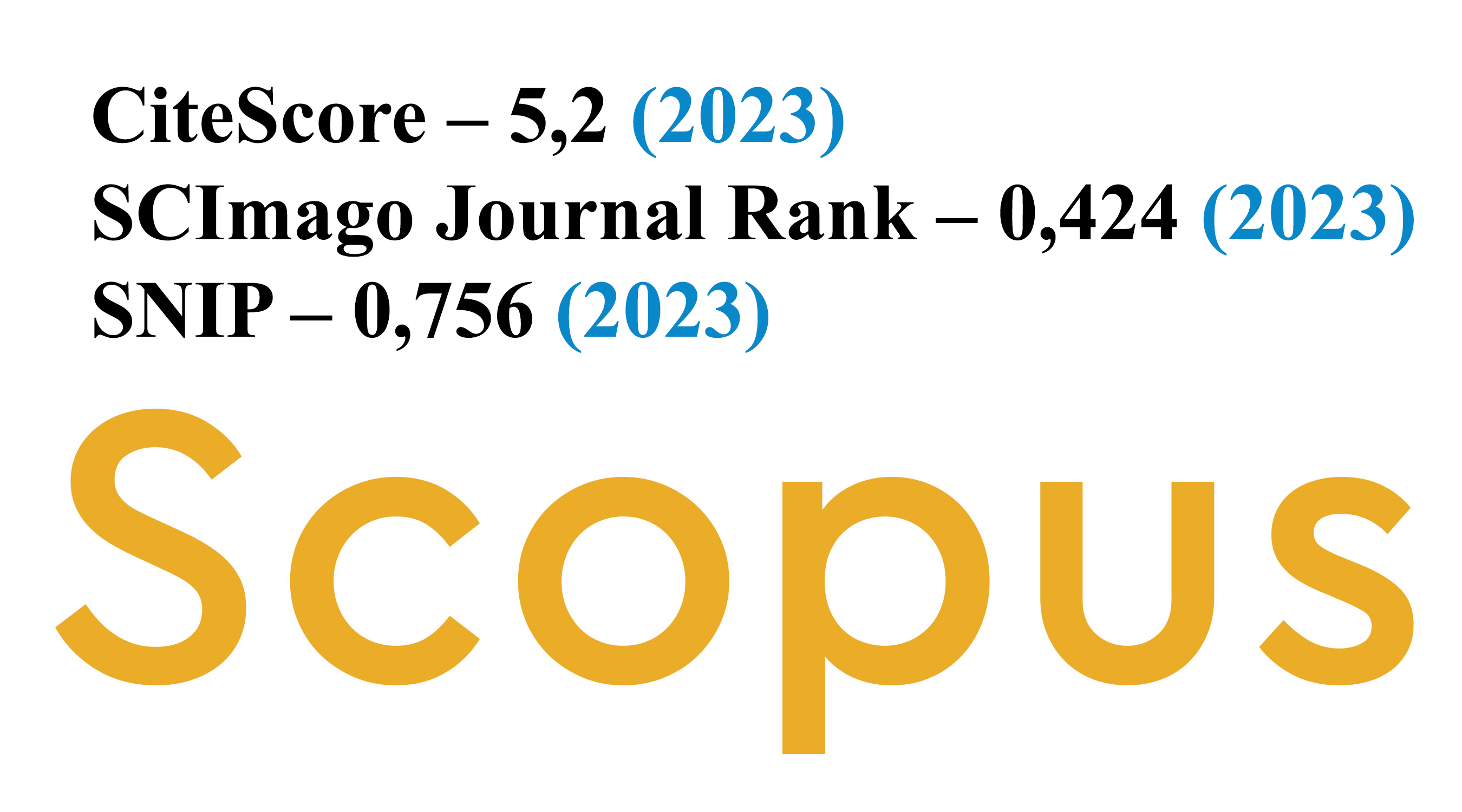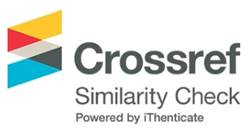Association Rules Analysis between Brand Post Characteristics and Consumer Engagement on Social Media
DOI:
https://doi.org/10.5755/j01.ee.32.4.28060Keywords:
Consumer engagement, Brand posts characteristics, Association rule analysis, Rough set method, Social mediaAbstract
Brands are increasingly using social media to create and manage posts to initiate and maintain consumer engagement. Based on the theory of consumer engagement, a perspective of brand post content, form and posting time is introduced to construct a conceptual model of consumer engagement for Sina Weibo. Rough set method and reduction algorithm of Holte 1 R are used to automatically generate the optimal decision rules. Rough set method does not need any prior knowledge and assumptions, which could effectively overcome the disadvantages of traditional statistical methods. The results show that entertainment content is easy to trigger moderate level of consumer engagement, the effect of information content on shares is significantly stronger than that of comments and likes, and the promotion content has an impact on liking. As the most vivid and the most interactive characteristic respectively, videos and questions significantly affect the mid-level consumer engagement. Keeping post length in the range of 16–50 characters stimulates the medium degree of sharing. Posts created on weekend promote the medium level of sharing and the low level of liking, while published at the peak or low peak period trigger the same level of sharing, but do not affect comments or likes. The study detects the characteristics that affect consumer engagement and define the scope of its role. The relationship and intensity of different characteristics on different levels of consumer engagement are effectively evaluated and identified by refining the association rules of consumer engagement, which are available for providing reference for brand managers to formulate social media marketing strategies.





